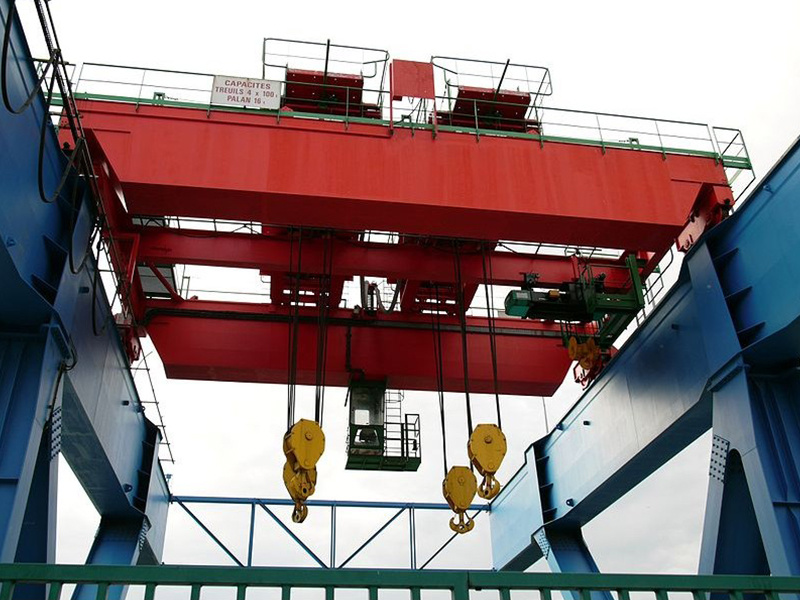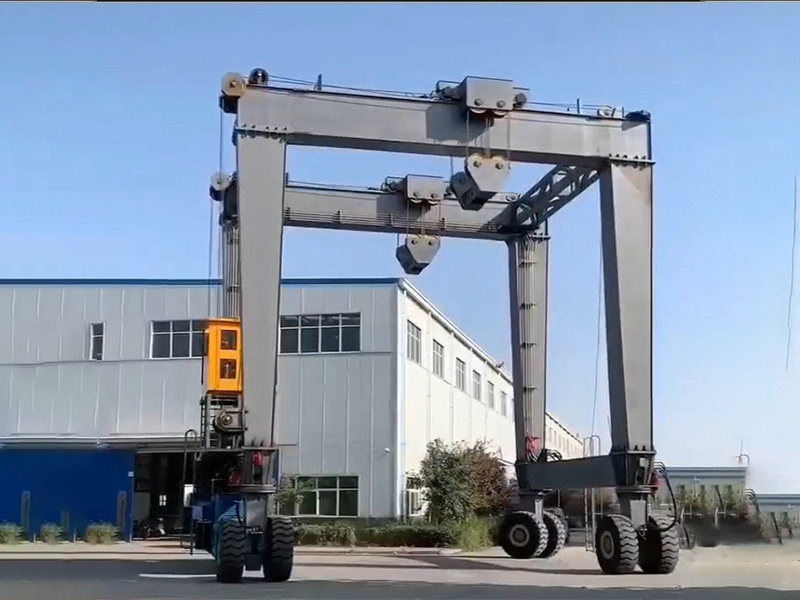Henan Aifite Intelligent Equipment Co., LTD.
Crane Lifting Hook
Classification:
Product Introduction
**Crane Lifting Hook**
The crane lifting hook is a vital component in the world of construction and heavy lifting. It serves as the primary interface between the lifting equipment and the load being lifted. Understanding its design, functionality, and safety considerations is essential for anyone involved in operations that require lifting heavy materials.
**Understanding the Crane Lifting Hook**
At its core, a crane lifting hook is a metal device designed to securely hold and lift heavy loads. The design typically features a curved shape that allows it to grasp the load effectively. Hooks come in various sizes and types, each suited for specific lifting tasks. The most common types include the standard hook, the grab hook, and the swivel hook.
The standard hook is often used for general lifting tasks, while the grab hook is designed to hold chains securely. The swivel hook allows for rotational movement, which can be beneficial in situations where the load needs to be maneuvered into position. Each type of hook has its unique advantages and applications, making it essential for operators to choose the right one for their specific lifting requirements.
**Materials and Construction**
Crane lifting hooks are typically made from high-strength steel to ensure they can withstand the immense forces involved in lifting heavy loads. The manufacturing process often includes forging and heat treatment, which enhances the hook's durability and load-bearing capacity. It is crucial that the hook is designed to meet industry standards and regulations to ensure safety during lifting operations.
In addition to steel, some hooks may also incorporate other materials or coatings to enhance their performance. For example, hooks may be coated with anti-corrosive materials to extend their lifespan when exposed to harsh environments. Understanding the materials and construction methods used in a crane lifting hook can help operators appreciate its capabilities and limitations.
**Load Capacity and Safety Ratings**
One of the most critical aspects of a crane lifting hook is its load capacity. Each hook is rated for a specific weight limit, which must never be exceeded during lifting operations. Overloading a hook can lead to catastrophic failure, resulting in accidents and potential injuries.
Safety ratings are typically indicated on the hook itself, providing essential information about its load capacity. Operators must always check this rating before use and ensure that the combined weight of the load and any additional equipment does not exceed the hook's limit. Regular inspections and maintenance are also vital to ensure the hook remains in good condition and safe to use.
**Proper Usage and Techniques**
Using a crane lifting hook requires knowledge and skill to ensure safe and efficient lifting operations. Operators should be trained in proper lifting techniques, including how to attach and detach loads securely.
When attaching a load, it is essential to ensure that the hook is positioned correctly and that the load is balanced. This balance helps prevent swinging or tipping during the lift, which can pose risks to both the operators and nearby personnel.
Additionally, operators should be aware of the environment in which they are working. Factors such as wind, uneven ground, and nearby obstacles can all impact the safety and effectiveness of a lift. Understanding these variables is crucial for planning and executing lifting operations successfully.
**Maintenance and Inspection**
Regular maintenance and inspection of crane lifting hooks are essential to ensure their longevity and safe operation. Operators should perform visual inspections before each use, looking for signs of wear, deformation, or damage. Any hooks that show signs of excessive wear or have been subjected to an overload should be taken out of service immediately.
In addition to visual inspections, hooks should undergo periodic professional inspections according to the manufacturer's recommendations and industry regulations. These inspections often involve more thorough evaluations, including testing for load capacity and structural integrity. Keeping a maintenance log can help operators track the condition of their equipment and schedule necessary inspections.
**Conclusion**
The crane lifting hook is a crucial component in the lifting and construction industry. Understanding its design, materials, load capacity, and proper usage is essential for ensuring safety and efficiency during lifting operations. Regular maintenance and inspections further enhance the safety and longevity of the equipment.
By prioritizing safety and adhering to best practices, operators can effectively utilize crane lifting hooks to perform their tasks while minimizing risks. As technology continues to advance, the design and functionality of lifting hooks will likely evolve, but the fundamental principles of safety and proper usage will remain constant. Emphasizing these principles will help ensure that lifting operations are conducted safely and effectively, protecting both personnel and equipment.
Keyword:
Feedback
Leave a message online and get the product quotation free of charge. We will arrange the specialist to contact you as soon as possible.







